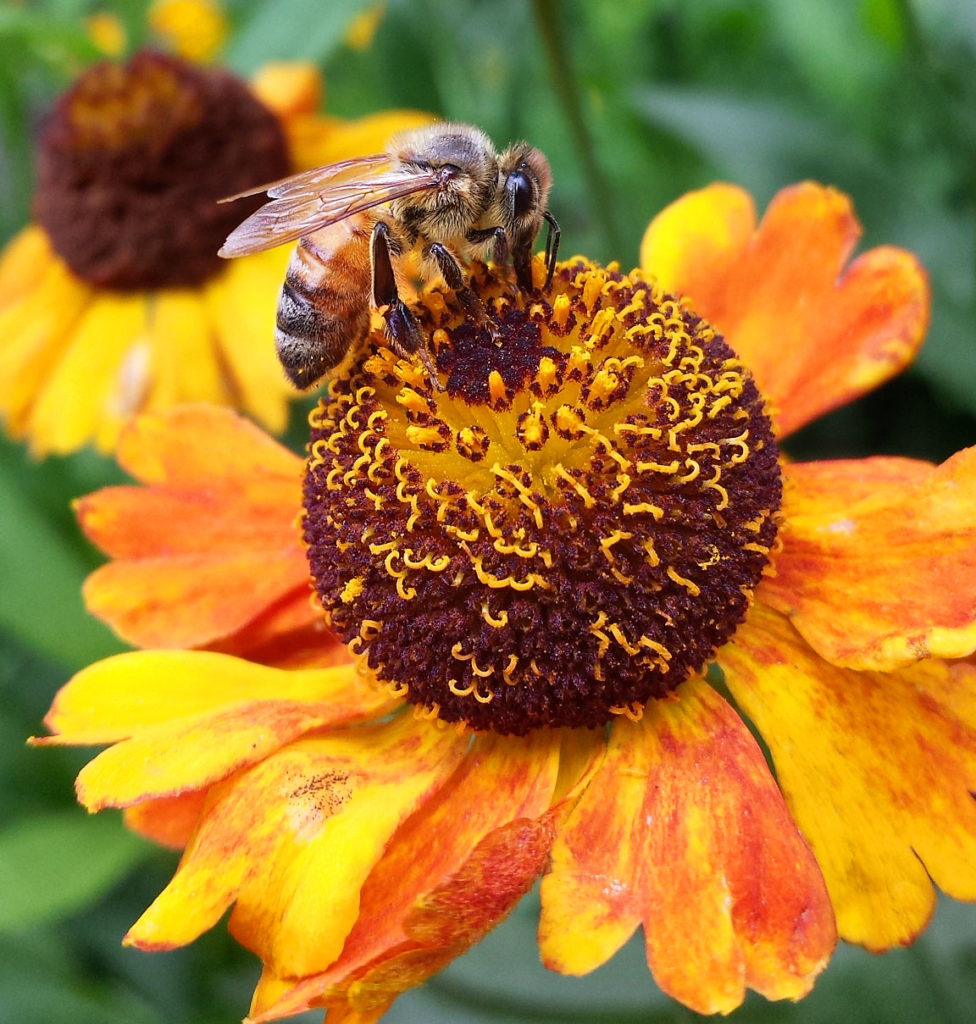
International award winning landscape architect Matthew Cunningham presented at Evenings with Experts, on April 4th. Co-sponsored by Grow Native Massachusetts and the Boston Society of Landscape Architects, his design bring a sense of nature to his clients’ homes, creating a sense of privacy and wildness through the use of hard-working, beautiful native plants.
Last night, international award winning landscape architect Matthew Cunningham presented Revealing a Sense of Place at Grow Native Massachusetts’ Evenings with Experts talk at the Cambridge Public Library. The humble, approachable Matthew presented before-and-after profiles of several design projects he’s taken on, from a rocky, tide-swept cove in Maine to suburban West Newton and Brookline. In all cases, he borrowed concepts from nature, incorporating native plant communities into his designs, creating a sense of privacy and wildness for his clients.
The most thrilling part for me was his satellite photo of Cambridge, MA pointing out his first client there. The next slide showed that the neighbors have caught on, and now his clients are dotted all over town, creating a growing quilt of properties that support wildlife and pollinators, manage and filter rain water, and provide numerous other ecosystem services that only native plants can provide…including services for clients who disdain tree huggers and care primarily for aesthetics.
Keeping up with the Joneses now means people are investing in native plants, and it turns out that native plants don’t make a mess in your yard. They actually create a robust landscape system that hums on its own. This is the kind of news that inspires and delights me, and we could all use good news these days.
Please follow and like us:





